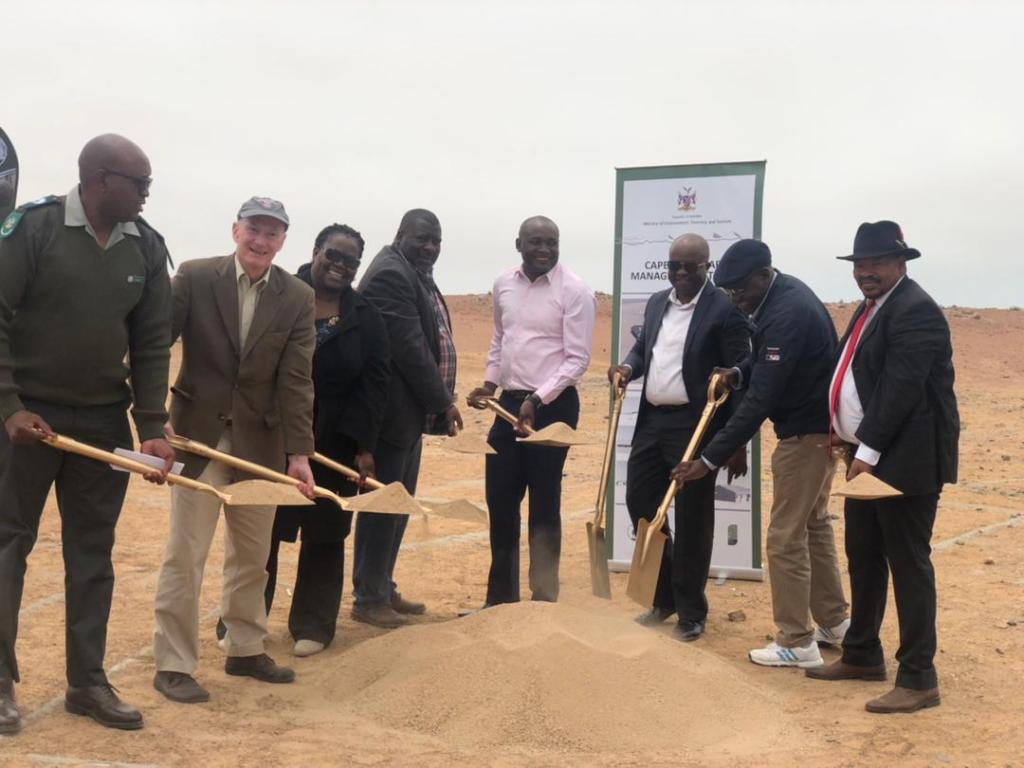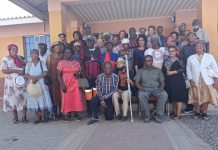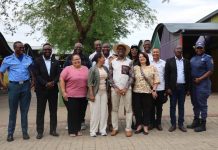Africa-Press – Namibia. THE minister of Environment, Tourism and Forestry on Thursday launched the construction of staff houses, park management offices, tourism entrance gates and reception offices for the Cape Cross Seal Reserve, the Skeleton Coast and the Namib Naukluft Park.
The event which was officiated at the Cape Cross Seal Reserve also saw the minister launching park management plans for the Skeleton Coast Park, Dorob National Park and Namib Naukluft Park.
Speaking at the event, minister Pohamba Shifeta stated the coastal parks of Cape Cross, Skeleton Coast, Dorob and Namib Naukluft are part of what has become one of the longest protected coastlines in the world, stretching from the Iona National Park in south-western Angola bordering the Skeleton Coast Park to the Ramsar Site at the Orange River.
He with the signing of the agreement for the establishment of the Iona-Skeleton Coast Transfrontier Park between Namibia and Angola, there is an opportunity to establish a much larger Transfrontier Conservation Area that spans three countries, Namibia, Angola and South Africa, along the Namib coast.
The Namibia National Parks Programme is a development programme of the Government of the Republic of Namibia executed by the Ministry of Environment, Forestry and Tourism. The programme is co-financed by the Federal Republic of Germany through the German Ministry for Economic Cooperation and Development (BMZ) via KfW Development Bank.
Earlier phases of the programme centered on Namibia’s north-eastern national parks of Nkasa Rupara, Mudumu, Bwabwata and Khaudum National Parks as well as on the Tsau //Khaeb (Sperrgebiet) National Park in the south-west of the country.
NamParks 5, which is the current phase, covers the four Namibian Coastal Parks that comprise the Skeleton Coast Park, the Dorob National Park with the Cape Cross Seal Reserve, the Namib Naukluft Park as well as the Tsau //Khaeb (Sperrgebiet) National Park.
These Coastal Parks, with their linkage with the transfrontier conservation areas in the north with Angola and in the south with South Africa, and further linkages with numerous concessions, conservancies and private conservation areas, offer exceptional conservation and tourism opportunities, Shifeta noted.
Touching on the park management plans launched, Shifeta explained that these management plans set out the vision, objectives and guidelines for the management and development of the specific parks for the next ten years.
Also speaking at the event, the German ambassador to Namibia, Herbert Beck, stated that Germany has a long-standing partnership with Namibia, adding that for more than two decades Germany has been able to support the NamParks programme with approximately N$1.1 billion. He added that a total of N$22.7 million was invested in the project launched on Thursday.
He added that the funds would be used to mitigate negative effects in protected areas and increase resilience in Namibia’s national parks as well as in Kaza.
“In this way, the protection of ecosystems and biodiversity is to be continued during the pandemic and beyond, and the livelihoods of rural communities to be maintained,” Beck said.
For More News And Analysis About Namibia Follow Africa-Press






